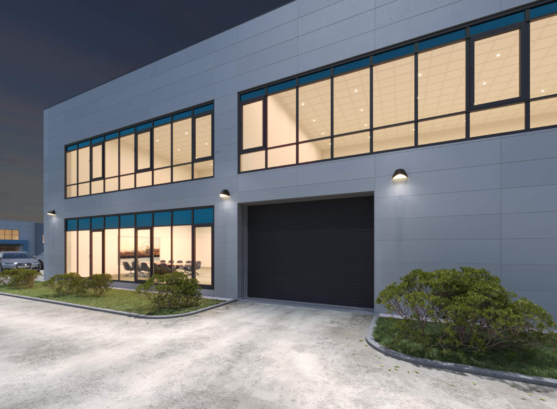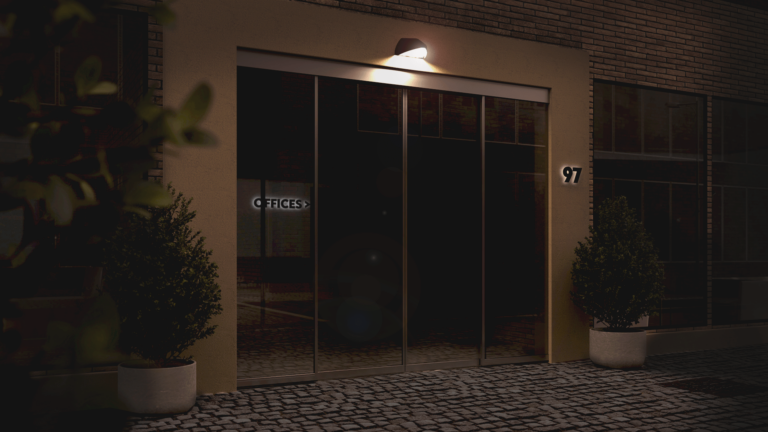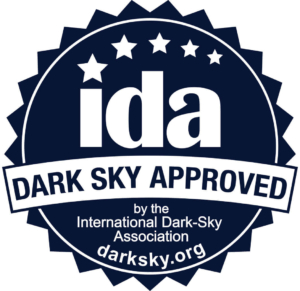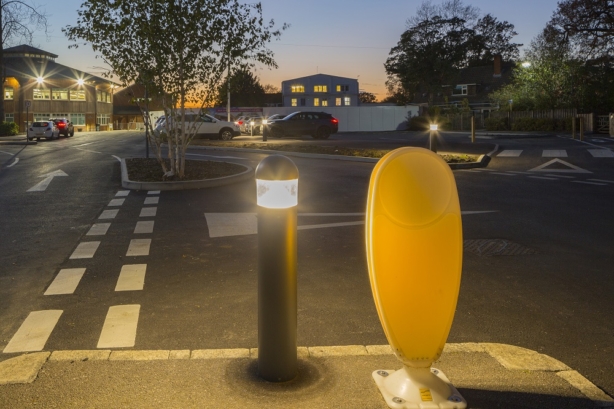
We are a leading manufacturer of quality internal and external lighting products for commercial, industrial and retail applications.
View all productsAt Ansell Lighting we design and manufacture an extensive range of luminaires for a diverse number of sectors and applications. Whatever the shape, purpose or style of your space, we have a lighting solution.
View all sectors & applicationsWe are a leading manufacturer of quality internal and external lighting products for commercial, industrial and retail applications.
Welcome to Ansell lightingWe are here to answer any questions you may have, help you find a stockist or speak to a local member of our team.
OCTO delivers the complete smart lighting package to transform the efficiency and ambience of commercial and residential spaces.
Find information regarding our product warranty, product data downloads and FAQs regarding lighting and technical terms. Here you will find support with training CPDs as well as useful lighting design and LED strip calculators.
International Dark Sky Association

Environmental pollution of planet Earth is generally caused by human interaction with the natural environment, with light pollution being the anthropogenic impact of excessive artificial external illumination during the hours of darkness as a result of the actions undertaken by individuals, resulting in adverse effects and disruption to the global ecosystem.
Providing optimally designed illumination externally requires a calculated use of electrical energy, however the inefficient and ineffective use of exterior electric light can increase energy consumption and result in light pollution.
The term of ‘light pollution’ is used by many, as a simple method of describing an external artificial lighting solution, which has been both inadequately designed and poorly implemented, resulting in an installation, where the produced light is deemed as being unnecessary and inappropriate for the application being illuminated. There are various specific terms used in the description of the different aspects of light pollution, that of, over illumination, light trespass, glare, light clutter and skyglow, where the lighting application may incur more than one of the different categories of pollution.
It is a known fact that, artificial light at night has revolutionised the way in which we live and work outdoors, but this benefit has come at a price, when used indiscriminately, outdoor lighting can disrupt wildlife, impact human health, waste money and energy, contribute to climate change, and block a view of the universe. As this problem of light pollution continues to increase incrementally worldwide, based at twice the rate of global population growth and where eight out of ten people live under a light-polluted night sky, alongside significant global energy wastage on external lighting, means that virtually every species studied has been now harmed by light pollution.
Artificially produced electric lighting increases the night sky luminance, thereby resulting in the most visible effect of light pollution, that of skyglow, something which is now seen as a global issue, having been driven home by the taking of thousands of satellite-based images back in 2016, which were subsequently published as a global computer-generated map of the earth depicting the areas of artificial sky brightness.
These categories of artificial brightness are based upon values above that of the natural brightness, where a base level of artificial brightness has been set at 1.74 μcd/m2 (micro-candelas per metre squared), under which the sky can be considered being ‘pristine’ against that of the natural background. Unfortunately, across the many parts of the UK, the levels of artificial brightness far exceed that value, where a significant number of the UK population live under skies polluted by artificial sky brightness with differing levels of pollution, where in areas of high conurbation, such as around and between London, Birmingham, and Liverpool/Manchester/Leeds, in some locations in the North-East, as well as in areas of the central belt in Scotland, very high levels of artificial brightness are observed, up to and in excess of where the natural night sky is no longer visible.
Whilst the deleterious effects caused by artificial light pollution was sometimes considered a more recent phenomenon of concern from around the middle of the 20th century, however, the effects caused date way back to a time, following the invention and implementation of external electric lighting within society. During the 1980’s, when the situation of light pollution became more of an issue of focus, a global dark sky movement resulted in the formation of the International Darksky Association (IDA) in 1988.
The International Dark-Sky Association (IDA) is the recognised authority on light pollution and is the leading organization combating light pollution worldwide and since 1988, the IDA has led a movement to protect night from light pollution. Together, we have made significant strides, where the impact now reaches 51 countries, with members, advocates, and dark sky places in North America, East Asia, Europe, Latin America and the Caribbean, the Middle East, Africa, Oceania, and South Asia.
The IDA vision states that ‘the night sky, filled with stars, is celebrated, and protected around the world as a shared heritage benefitting all living things’ and the purpose of the association is ‘to protect the night from light pollution’, through an approach ‘by providing leadership, tools, and resources for individuals, policymakers, and industry, we will reduce light pollution and promote responsible outdoor lighting that is beautiful, healthy, and functional. It will bring the issue of light pollution to diverse communities worldwide with the goal of creating access to information about the destructive impact of over-lighting and the benefits of responsible lighting’.
The International Dark-Sky Association is the authoritative voice that educates lighting designers, manufacturers, technical committees, and the public about controlling light pollution, and in that recognition, the best way to accomplish the goal of protecting and restoring the natural night environment is through the promotion of quality outdoor lighting solutions.

To achieve this, the International Darksky Association has created and developed the ‘Fixture Seal of Approval’ program to provide objective, third-party certification for lighting which will minimise glare, reduce light trespass, skyglow, and in not polluting the night sky. Whilst the IDA does not actually sell any lighting equipment, it does provide a database allowing specifiers and users the opportunity to identify luminaires which have been tested and certified as dark sky friendly and where all approved products are required to be fully shielded and to minimise the amount of blue light in the night-time environment.
The plan focuses on four strategic priorities, in celebrating The night, by increase awareness of the benefits of the night for all living things, and how light pollution is an urgent environmental threat that individuals can help solve, in dark sky protection by protecting exemplary dark skies through the IDA certification program, in lighting where we live, by engaging with cities and communities to reduce light pollution through responsible lighting policy and practice, and in skyshed restoration, by implementing a coordinated, intentional, and scalable actions to slow, halt, and reverse the increasing rate of light pollution.
You Might Also Be Interested In...

